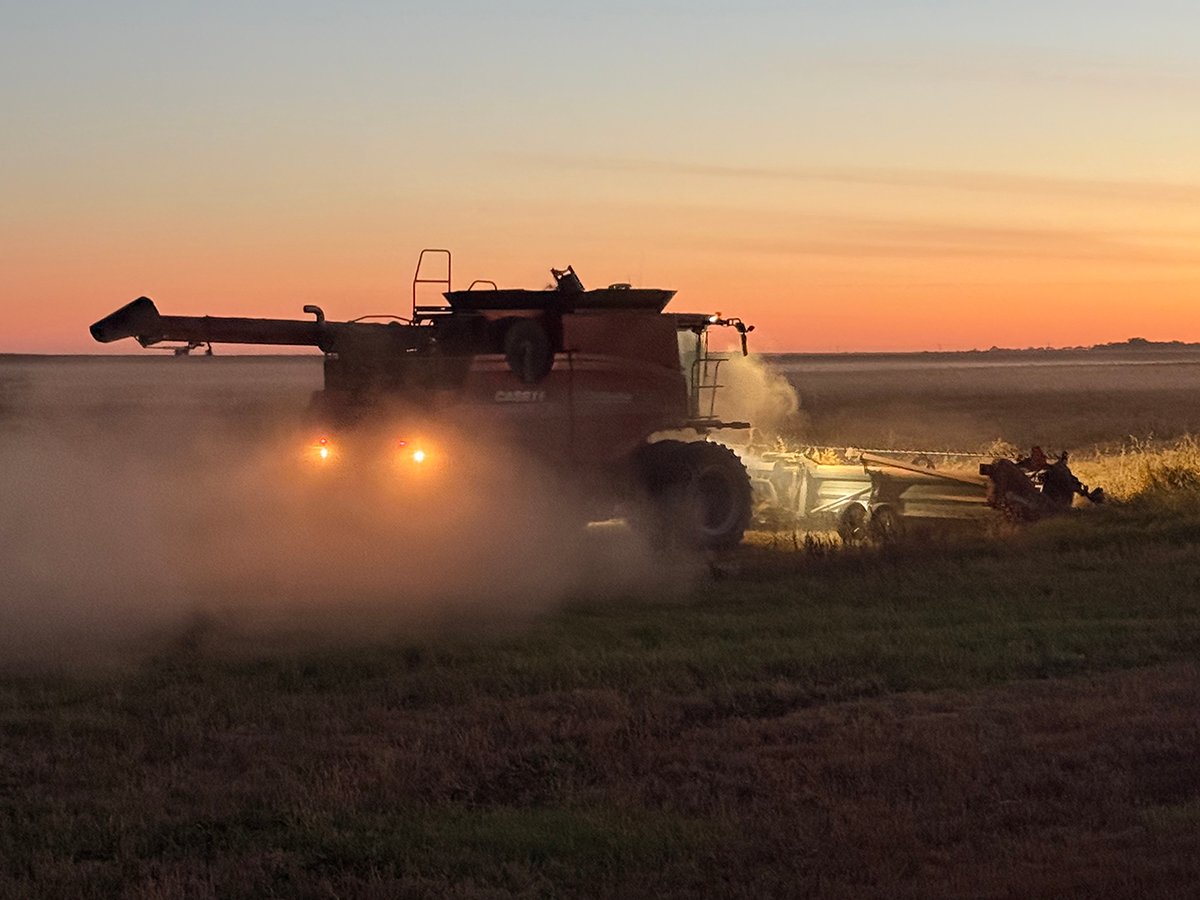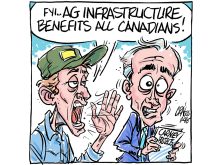The Canadian Food Inspection Agency recently released a new transportation of animals manual that outlines the standards, policies and responsibilities of producers and truckers when transporting animals.
The Humane Transportation Program provides for the enforcement needed to ensure compliance with the federal health of animal’s regulations.
CFIA inspectors will monitor the transport of animals within Canada.
The legislation will be enforced by police officers and Society for the Prevention of Cruelty to Animals officers.
Highlights of the new transport code include:
Read Also

Downturn in grain farm economics threatens to be long term
We might look back at this fall as the turning point in grain farm economics — the point where making money became really difficult.
- Transportation begins when animals are being caught and loaded, and ends when they are unloaded at their final destination.
- A compromised animal is one that has a reduced capacity to withstand the stress of transportation due to such things as injury, fatigue, infirmity, poor health, distress, youth or old age and impending birth.
- Humane handling is the handling, transportation and slaughter practices that cause a minimum of excitement, pain, injury and discomfort to the animal.
- A non-ambulatory, or downer, animal is unable to stand without assistance or is unable to move without being carried.
- An unfit animal is sick, injured, disabled or fatigued, cannot be moved without causing additional suffering and is unfit for transport.
- Vehicles used to transport animals must be designed to allow animals to travel in a natural position, provide adequate ventilation and adequate space, and protect animals from inclement weather. Enclosing animals in a sack or car trunk is not suitable.
- Different species of animals must be segregated during transport.
- Animals of significantly different sizes or ages must not be loaded together, with a few exceptions, such as dam and calf.
- Different sexes and aggressive or vicious animals should be segregated.
- If injured and infirm animals must be hauled, their condition should be considered carefully to prevent further injury.
- Non-ambulatory animals must be humanely loaded and unloaded, and segregated from others during transport. Sufficient bedding should be provided. Dragging downers is prohibited.
- Animals must be fed, watered and rested at intervals not exceeding 48 hours for ruminants, such as cattle, and 36 hours for monogastrics, such as pigs. Animals compromised in any way should be rested and offered feed and water more often.
- An animal that becomes non-ambulatory or otherwise unfit for transport while en route must be taken to the nearest suitable place for proper care and attention.
There are two specific conditions that seem to cause concern. The code recommends the following:
Cancer eye
If the eye affected with cancer is intact and the animal can see, then send it directly to slaughter.
If the cancer has covered the eye and the animal is blind, it is compromised and should be sent directly to slaughter. It should be segregated and provided more room in the truck.
If the cancer involves the eye and face bones, then the animal should be euthanized and not transported.
Lame cattle
If an animal is lame and unable to keep up with the others and has some difficulty climbing ramps, load it in the rear compartment.
If an animal requires assistance to rise but can walk freely, then segregate and load it in the rear compartment.
If an animal requires assistance to rise, is reluctant to walk, or has halted movements, then avoid using steep ramps.
It should be segregated and loaded in the rear compartment.
If an animal is unable to rise or remain standing, it should not be moved except with veterinary certification, using specialized equipment and in accordance with provincial regulations. Consider euthanasia or on-farm slaughter.
Check www.carc-crac.ca for further information on the new code of transport, and look at www.cfia-acia.agr.ca for the health of animal regulations.
















